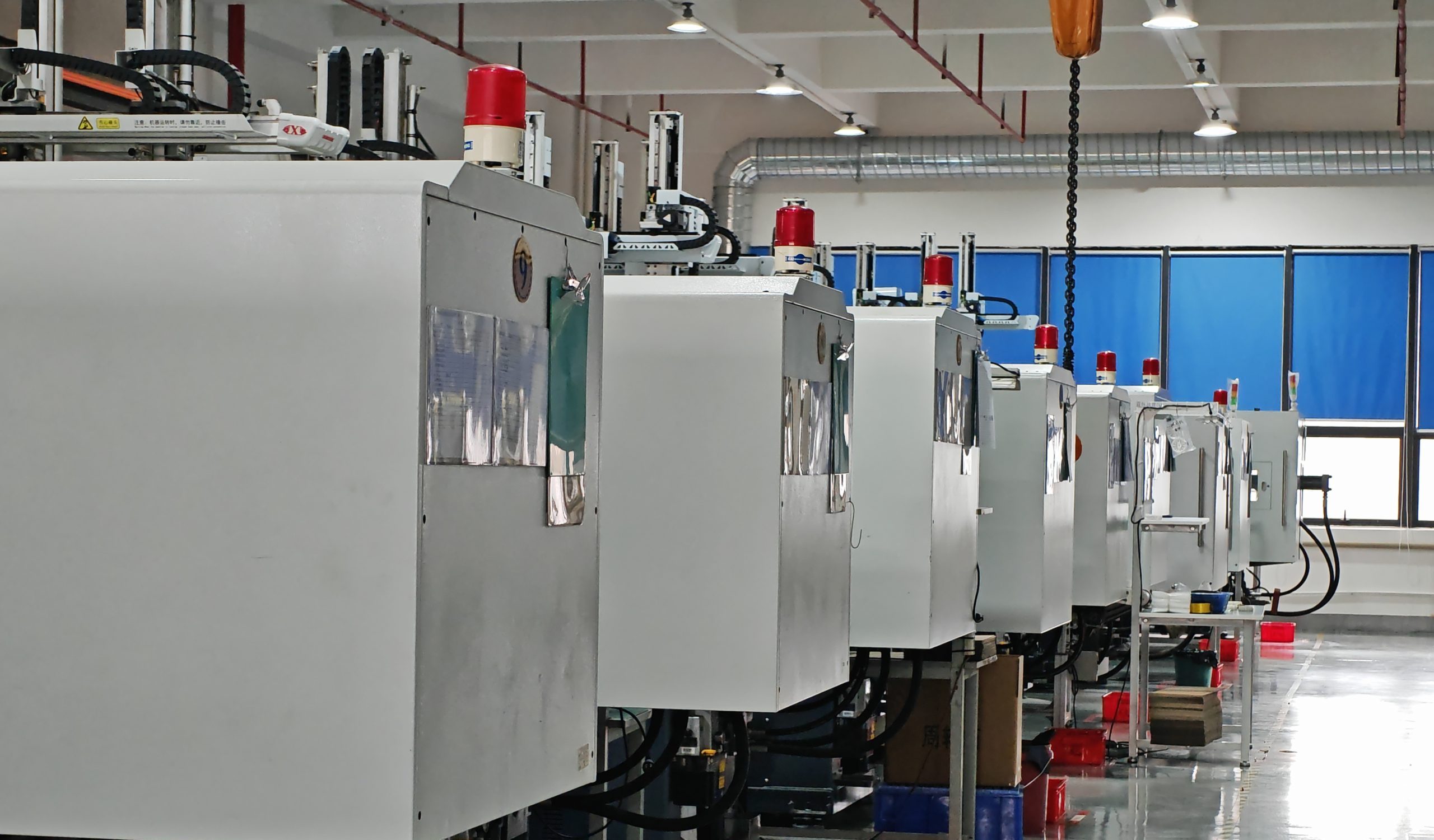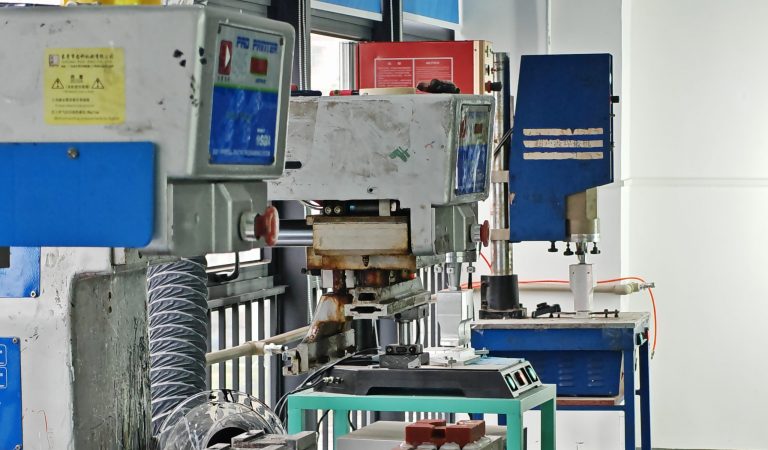1. What is Gravity Die Casting?
Gravity Die Casting, also commonly referred to as Permanent Mold Casting in the United Kingdom, is a metal casting process. Its core characteristic is that molten metal is poured into the cavity of a reusable metal mold (steel mold) under the action of its own gravity (earth’s gravity), and after cooling and solidification, a casting is formed.
In simple terms, it is “pouring molten metal into the mold by means of earth’s gravity,” which is completely different from ordinary die casting that relies on high-pressure injection.
2. What are the Special Processes of Gravity Die Casting?
Although the gravity die casting process seems simple on the surface, it involves many key steps and control points:
- Mold Preheating: Before pouring, the metal mold needs to be preheated to a certain temperature (usually 200-300℃). This prevents defects such as incomplete filling or cold shuts of the molten metal due to rapid cooling, and at the same time protects the mold and reduces thermal shock.
- Coating Spraying: A thin layer of refractory coating (such as graphite-based coating) is sprayed on the surface of the preheated mold cavity. This coating helps to:
(1) Protect the mold and prevent the molten metal from directly scouring and welding to the mold.
(2) Control the cooling rate of the casting.
(3) Facilitate subsequent demolding. - Mold Clamping and Pouring: The upper and lower molds are closed and locked, and then workers or automated equipment pour the molten metal smoothly into the mold from the pouring cup (gate).
- Solidification and Cooling: The molten metal fills the cavity under the action of gravity and begins to solidify under the rapid heat absorption of the metal mold.
- Mold Opening and Part Removal: The removed casting usually requires subsequent processes such as cleaning (removing risers, flash, burrs, etc.), heat treatment (e.g., heat treatment to significantly improve mechanical properties), and machining.
Special Process Highlight: Low-pressure die casting is an important variant and upgraded form of gravity die casting. Its principle is to seal the furnace, inject dry compressed air (or inert gas) into the furnace cavity, and the molten metal is pushed by low pressure (usually 0.01-0.05MPa) to rise smoothly along the riser tube and fill the mold. Compared with pure gravity filling, it has a smoother filling process, higher efficiency, and better casting quality, and is currently widely used.
3. What Materials are Used?
Gravity die casting is mainly applicable to non-ferrous metals and their alloys, with the most commonly used ones including:
- Aluminum Alloys: These are the most widely used materials, such as A356 and A357 (which have good castability and mechanical properties).
- Magnesium Alloys
- Copper Alloys (e.g., bronze, brass)
- Zinc Alloys
It should be noted that cast iron and steel have extremely high melting points, which will cause fatal damage to metal molds, so gravity die casting is generally not used for them.
4. What are the Characteristics Compared with (High-Pressure) Die Casting?
The “relative die casting” mentioned here usually refers to the comparison with high-pressure die casting. The core differences between them are as follows:
| Characteristic | Gravity Die Casting | High-Pressure Die Casting |
|---|---|---|
| Filling Power | Natural gravity | High pressure (tens to hundreds of megapascals) |
| Filling Speed | Slow | Extremely fast (high-speed injection) |
| Internal Quality | Good. Stable filling, less air entrainment, can be heat-treated and welded, and has high mechanical properties. | Poor. High-speed filling is prone to air entrainment, with many internal pores, and cannot be heat-treated (heating will cause bubbles to expand). |
| Surface Quality | Good, but generally less smooth than high-pressure die castings | Excellent, with high dimensional accuracy and extremely high surface smoothness |
| Production Efficiency | Low. Long production cycle. | Extremely high. Can realize automated mass high-speed production. |
| Mold Cost | High (metal mold) | Very high (complex precision steel mold) |
| Applied Parts | Thick-walled, complex-structured parts with high strength requirements. | Thin-walled, complex parts with high surface requirements. |
| Porosity | Low | High |
The advantages of gravity die casting are that the castings have high density, good mechanical properties (especially after heat treatment), can produce large-sized thick-walled parts, and have few pore defects. Its disadvantages are that the production efficiency is lower than that of high-pressure die casting, and the dimensional accuracy and surface smoothness of the parts are also slightly inferior.
5. Application Scenarios
Due to the excellent performance of its castings, gravity (and low-pressure) die casting is widely used in fields that require high strength, tightness, and reliability:
- Automotive Industry: This is the largest application market.
(1) Wheel Hubs: Most aluminum alloy wheel hubs are produced by low-pressure casting.
(2) Engine Components: Cylinder heads, intake manifolds, pistons, etc.
(3) Transmission System Components: Gearbox housings, clutch housings.
(4) Chassis Parts: Steering knuckles, control arms. - Aerospace Industry: Structural parts with extremely high performance requirements.
- Motorcycles/Bicycles: High-end frames, wheel hubs, engine parts.
- Industrial Equipment: Pump bodies, valve bodies, hydraulic components, motor housings.
- Household Appliances: Some high-quality housings and structural parts.
6. Why Choose Gravity Die Casting?
The core reasons for choosing gravity die casting (including low-pressure die casting) can be summarized as follows:
- Pursuit of High-Quality Castings: When a product requires high mechanical properties, good air tightness (e.g., to prevent oil or gas leakage), and may need subsequent heat treatment to further improve strength, gravity die casting is the first choice. This is something that high-pressure die casting cannot achieve.
- Production of Large and Medium-Sized, Thick-Walled Parts: For large parts such as automobile wheel hubs and engine blocks, high-pressure die casting machines are difficult to handle, while gravity/low-pressure casting can do it with ease.
- Good Balance of Economy: Although the mold cost is higher than that of sand casting, it is lower than that of high-pressure die casting molds. For medium-batch production needs with high product performance requirements, it can achieve the optimal balance between quality and cost.
- More Environmentally Friendly: Compared with sand casting, it eliminates the problem of silica sand treatment; the process stability is high, and the rejection rate is relatively low.
In conclusion, when your product will bear high loads and has extremely high requirements for reliability and safety performance, gravity die casting (especially low-pressure die casting) is a strong and reliable choice. If you need millions of beautifully surfaced mobile phone casings or toy cars, high-pressure die casting is the way to go; if you need an automobile wheel hub that ensures safe and high-speed driving, the answer must be gravity/low-pressure die casting.


